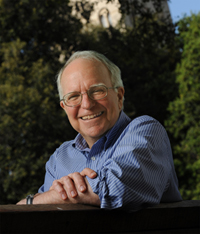

Research
BPEA | 1972 No. 3
1972, No. 3
EVERY MONTH, AN IMPORTANT FRACTION of the population moves from one economic activity to another: Some are laid off and must seek work, or they quit to take new jobs; young people leave school and look for work; workers leave the labor force because of disability or duties at home. The continual process of turnover seems to be the characteristic of the modern American economy that distinguishes it from those of other developed countries, where the experience of individual workers appears to be much more stable over time. Is high turnover inevitable in a postindustrial economy? How do the various demographic groups in the labor force differ with respect to turnover? What is the relation between turnover and unemployment? What are the social benefits and costs of turnover and unemployment? These are some of the critical questions that I address in this paper.